Cricket is a game of a whole lot of passion, that has captured the hearts of millions around the globe. Originating in the 16th century, it has evolved into a game of strategy, skill, and camaraderie. The game is more than just about a bat and a ball. So people definitely feel a sense of belonging, which means that everything related to the sport matters. Even, cricket facts or cricket facts about players. And if you’re someone who likes random trivia about the game, then this list is for you!
1. The Origin Of Cricket
Cricket’s origins can be traced back to the rural communities of England, where shepherds and farmers used to play a game that involved hitting a ball with a stick. Over time, the game evolved, and it gained popularity among various social classes.

2. Test Cricket Debut
The inaugural Test match between England and Australia in 1877 marked a historic moment in cricket history. The match, played over four days, saw Australia defeat England by 45 runs. This initiated the concept of international Test cricket series.
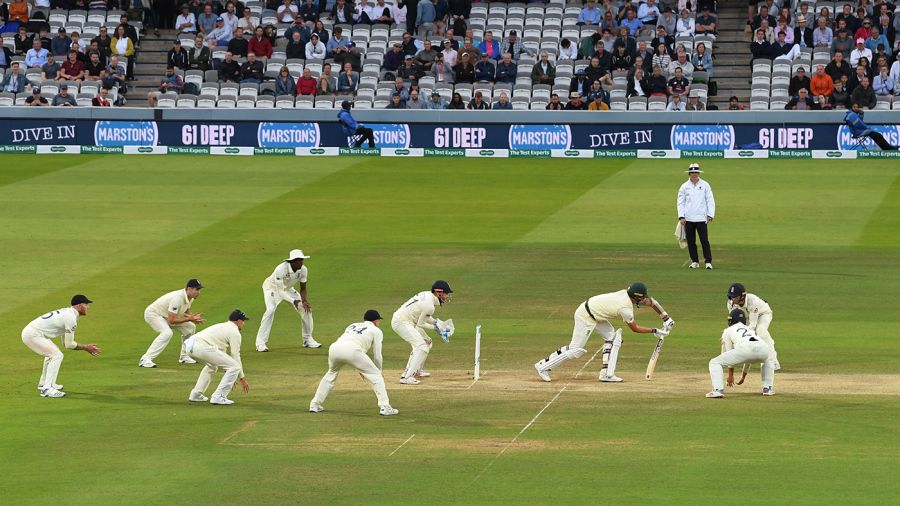
3. Game Lengths
The five-day duration of Test matches provides a unique aspect to cricket. Matches can swing in favor of either team over the course of the game, adding to the drama and intensity.

4. T20 Format
The T20 format revolutionized cricket’s entertainment value. Shorter, three-hour matches with a focus on boundaries and fast-paced action appealed to a wider audience, making it popular among both traditional cricket followers and newcomers.
Also Read: What Exactly Cricketers Eat During Lunch

5. Shoaib Akhtar bowled the fastest delivery
Shoaib Akhtar is widely recognized as one of the all-time greats in cricket. The speed of 161.3 km/h left the world astonished. The approach he took just before reaching the boundary line was sufficient to intimidate the batsman. This extraordinary event will be remembered as one of cricket’s finest moments. It occurred in 2003 during a match against England.
Checkout – Facts About Krishna

6. The Cricket World Cup
The Cricket World Cup is cricket’s most prestigious event. Held every four years, it brings together the best teams from around the world to compete for the title of world champion. The tournament has witnessed thrilling matches and memorable performances.
Checkout: Facts About Hinduism

7. Records Held By Sachin Tendulkar
Sachin Tendulkar’s records reflect his unparalleled skill and dedication. His 100 international centuries milestone is an extraordinary testament to his longevity and consistency in the game.
Also Read: Indian Cricketers & Their Qualifications
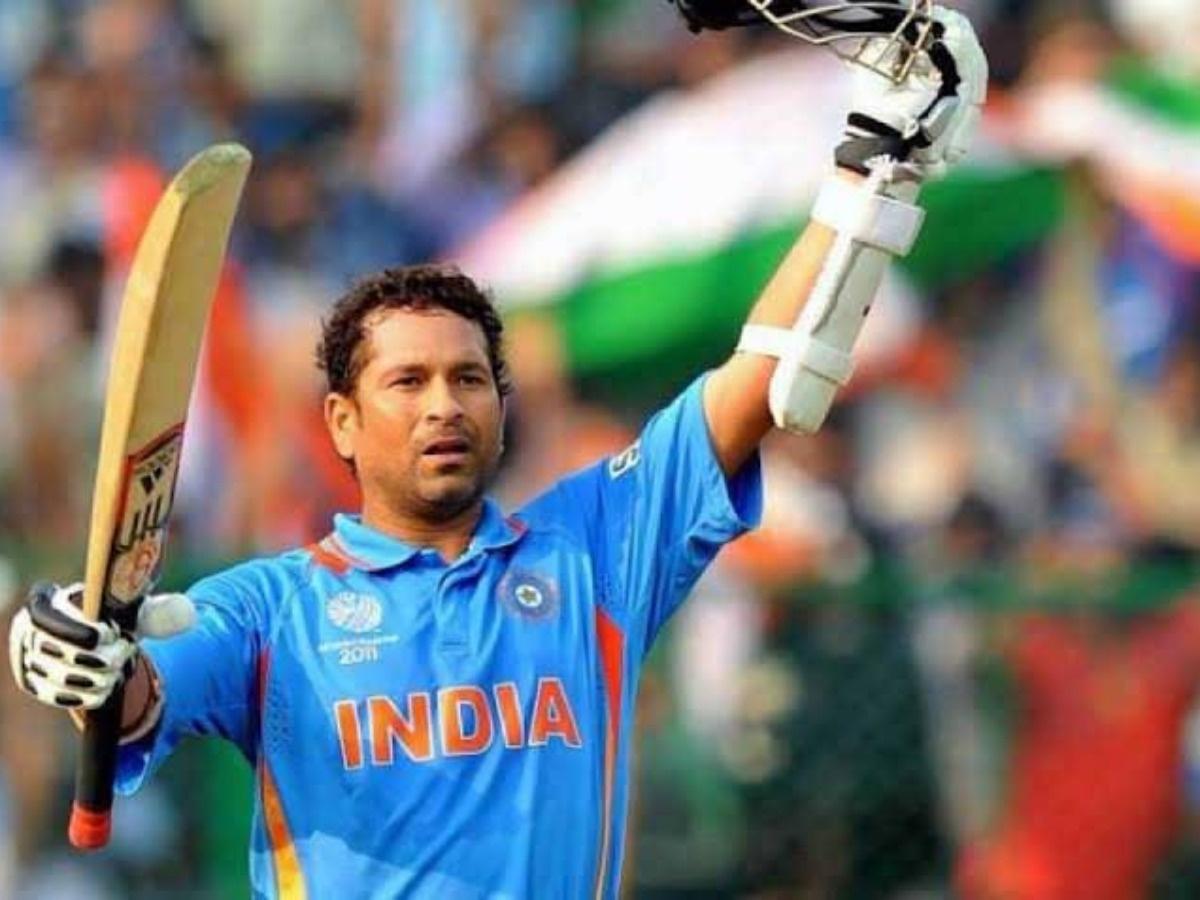
8. Importance Of Spin Bowlers
Spin bowlers play a crucial role in subcontinental conditions, where the pitches often favor spin. Legends like Muralitharan showcased the art of spin bowling, and their impact has contributed to the rise of spinners worldwide.
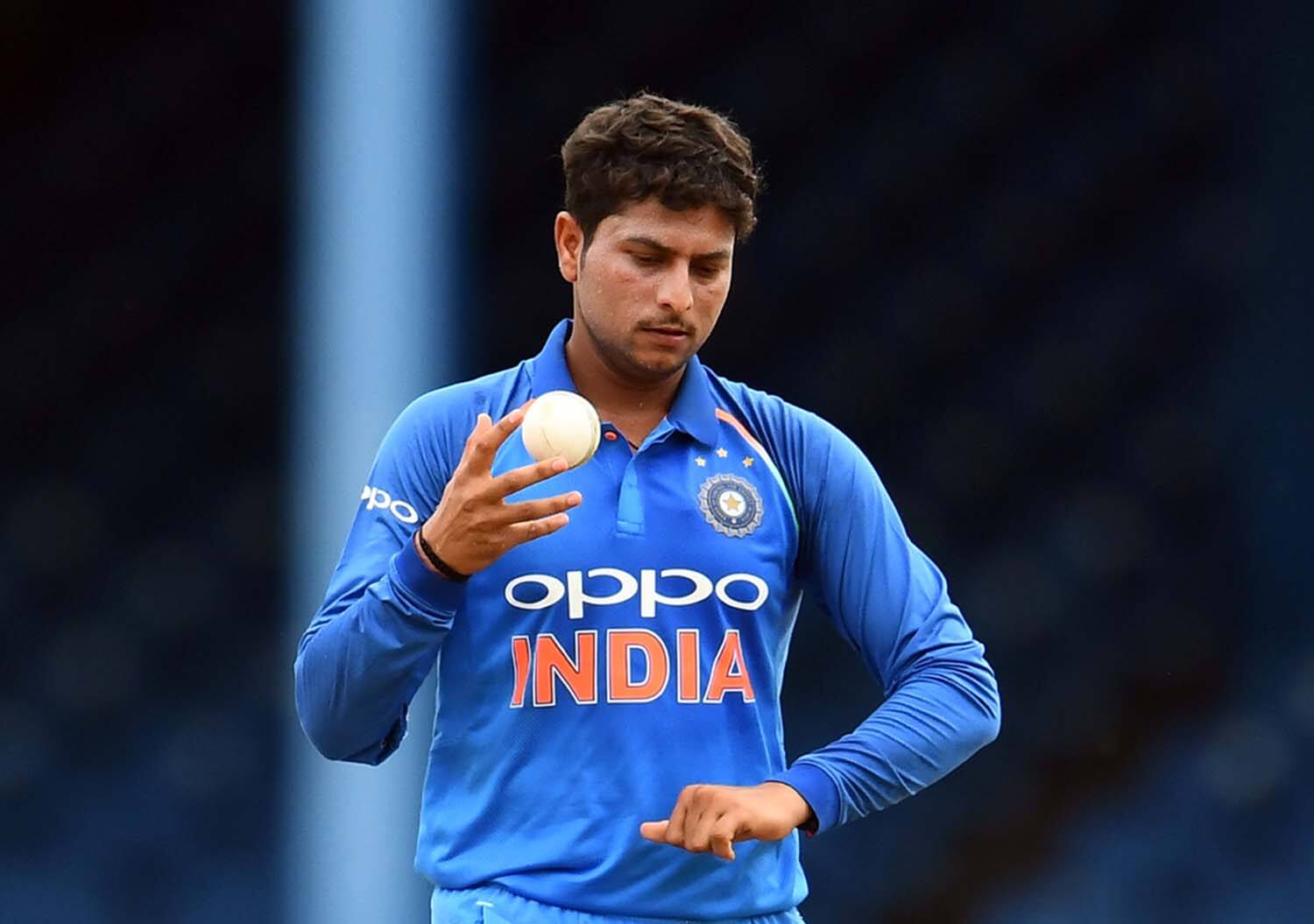
9. Cricket Balls Made Of Cotton & Wool
Initially, cricket balls were fashioned from cotton, rendering bowlers’ speeds difficult to achieve. References to cricket in English history date back to 1597, when a land ownership dispute mentioned the game of “creckkett.” However, it wasn’t until more than ten thousand years later, in 1877, that the inaugural official cricket match was inaugurated.

10. Use Of Technology In Cricket
Cricket’s embrace of technology has improved decision-making. The DRS has reduced contentious calls, and Hawk-Eye’s ball-tracking system has provided viewers and players with a clearer understanding of key moments.

11. Use Of Balls
The type of cricket ball used can vary based on the format. In Test cricket, a red ball is traditionally used, while white balls are used in limited-overs formats like ODIs and T20s. The red ball is considered to swing more, especially under certain conditions.

12. Fielding Restrictions
In limited-overs cricket, there are powerplays during which certain fielding restrictions apply. This is designed to encourage aggressive batting and ensure balance between bat and ball.

13. Boundary Countback
In some limited-overs matches, if the scores are tied after both the regular match and the Super Over, the winner is determined by the team with the higher number of boundaries scored during the entire game.

14. Understanding Players’ Statistics
Players’ performance is tracked through various statistics like runs scored, wickets taken, batting average, bowling average, strike rate, and more. These statistics help gauge a player’s effectiveness and consistency.
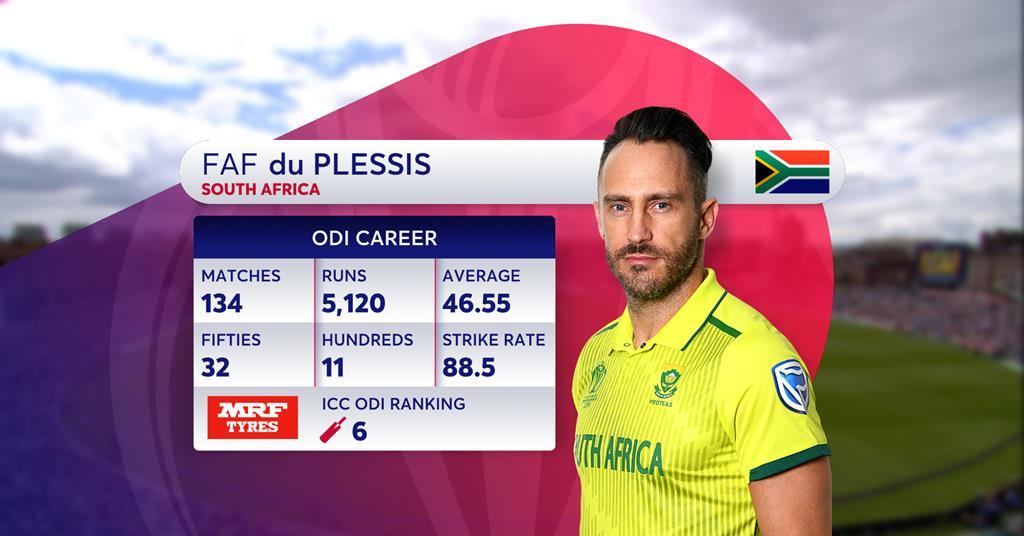
15. Fielding Acrobatics
In cricket, fielders exhibit exceptional skills such as diving stops, boundary catches in mid-air, and accurate throws for run outs, showcasing athleticism and precision. These moments often sway matches, highlighting the crucial role of fielding in the sport’s overall excitement and competitiveness.
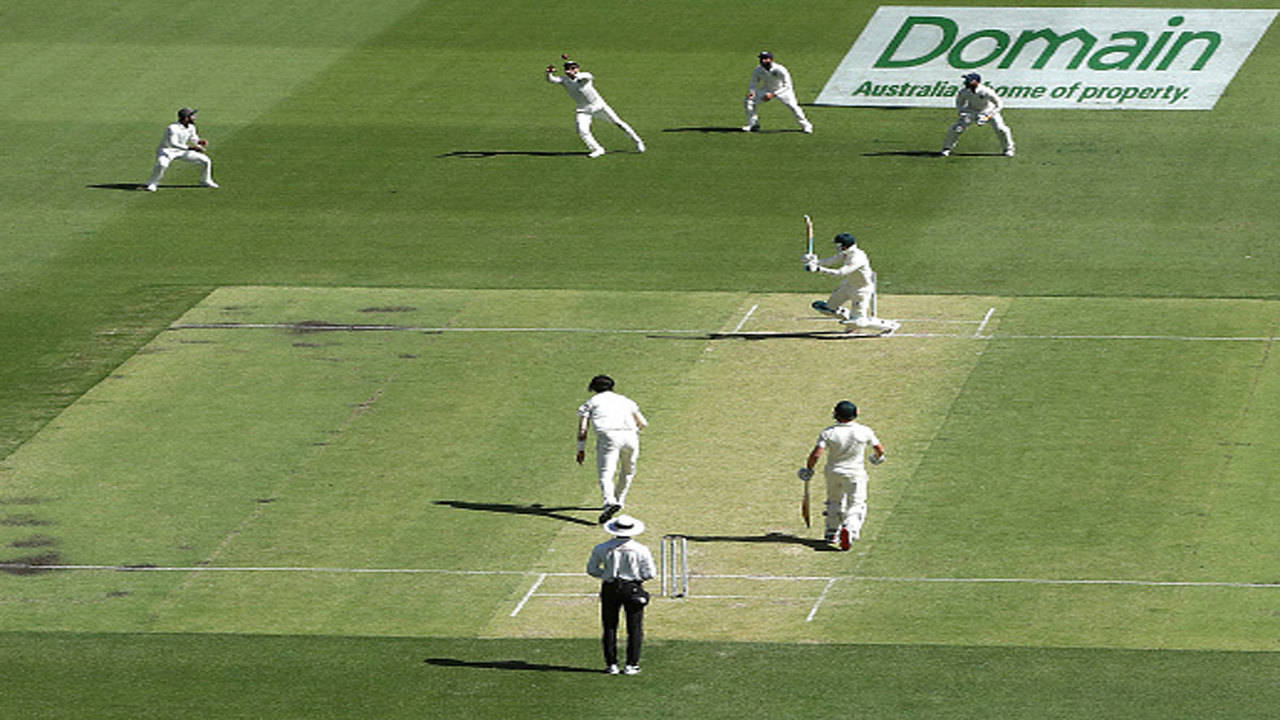
16. Origin Of Women’s Cricket
While cricket is predominantly played by men, women’s participation dates back to at least the 18th century. Even English villages like Surrey, Hampshire, and Sussex organized women’s tournaments, offering prizes like barrels of ale and lace gloves to the victorious teams.
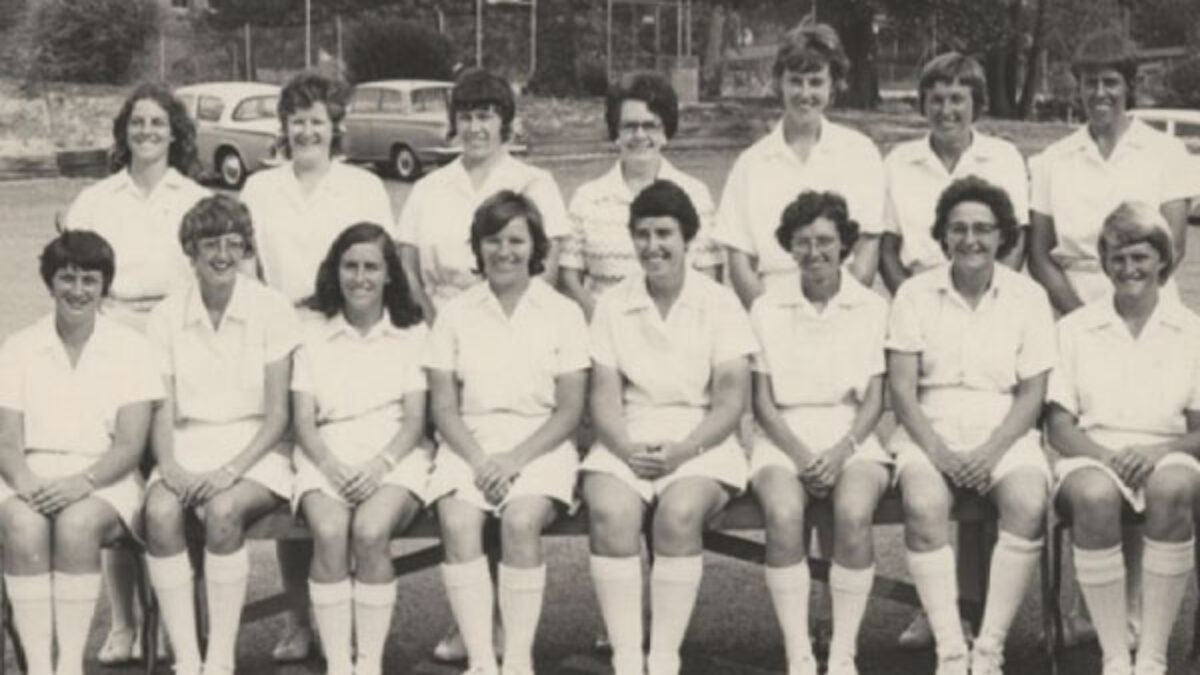
17. Ravi Shastri & Six Sixes In An Over
In the context of cricket, hitting a six provides a surge of energy. It might serve as the decisive shot that rescues your team while showcasing your prowess as a remarkable batsman. Ravi Shastri proceeded to score a double century in that match, which remains the quickest two-hundred in the history of professional cricket matches.

18. The Material Used To Make Cricket Bats
A cricket bat is crafted from willow wood, a material commonly found in the Northern hemisphere, particularly during very cold seasons. Interestingly, it’s often located in Indian areas like Jammu and Kashmir, leading to its designation as Kashmir willow. These bats are renowned for offering the essential strength and compression required for interacting with a cricket ball.

19. The Youngest Cricketer From England Was Just 17-years-old
Wilfred Rhodes, an iconic cricketer, achieved his 58th and final appearance for England on April 12, 1930, at the remarkable age of 51. Brian Close became England’s youngest cricket player at the age of 17. However, this record is far from current standards. The youngest player of that era has been absent from the cricket scene for over a century.
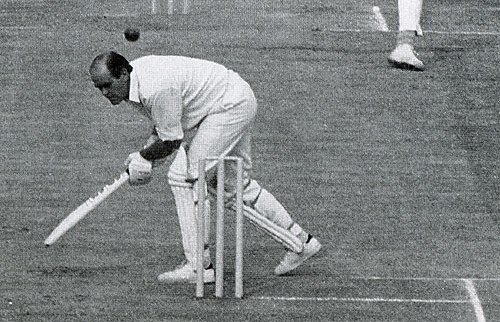
20. The Only Team To Have Played More Than 1000 Test Matches
The British cricket team has participated in more than 1,000 Test matches worldwide. This milestone was reached during the 2018 Test match against India held at Edgbaston. For details regarding the present England team, please refer below.
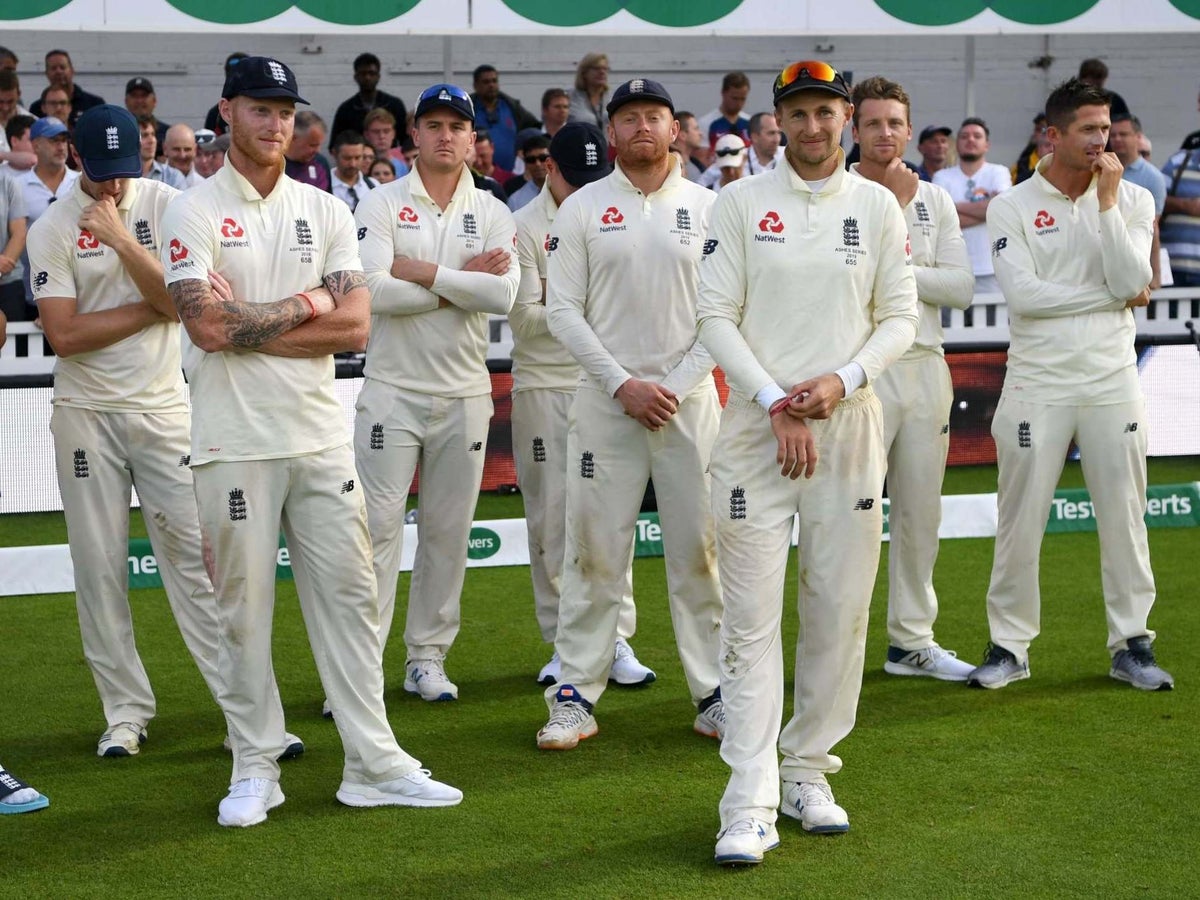
21. Player Who Played For Two Teams
Dirk Nannes stands out as the initial Australian cricketer to have participated in both domestic and international cricket. Upon joining the Netherlands team, it was notable that Australian supporters were eager to embrace him as one of their own. The distinction of being recruited by some of the most acclaimed players globally is undoubtedly a noteworthy achievement deserving of recognition.

22. White Clothes Tradition
In Test cricket, the enduring tradition of white clothing harks back to cricket’s early days and signifies the sport’s timeless values and spirit. Originally chosen for practicality on uneven pitches, the tradition now stands as a symbol of cricket’s rich heritage, fairness, and integrity.
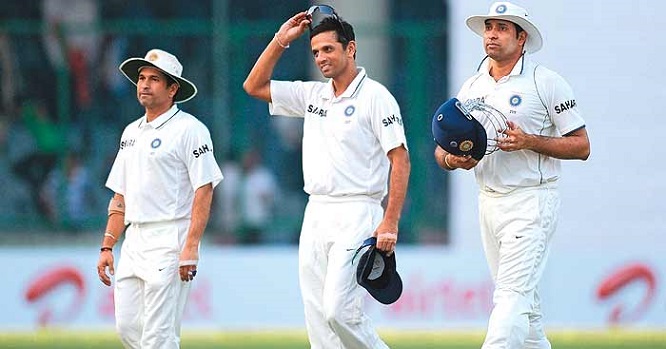
23. Evolution Of Cricket Equipment
Over the years, cricket bats and protective gear have undergone substantial evolution. Today’s cricket bats are crafted from lightweight materials and feature advanced designs, resulting in enhanced performance. These modern advancements have reshaped the equipment landscape, contributing to the dynamic and competitive nature of the game.

24. Cricket World Cup Trophies
Paying tribute to cricket legends, the Cricket World Cup trophies are distinguished by their names. The men’s trophy is known as the ICC Cricket World Cup Trophy, while the women’s counterpart is named the ICC Women’s Cricket World Cup Trophy.
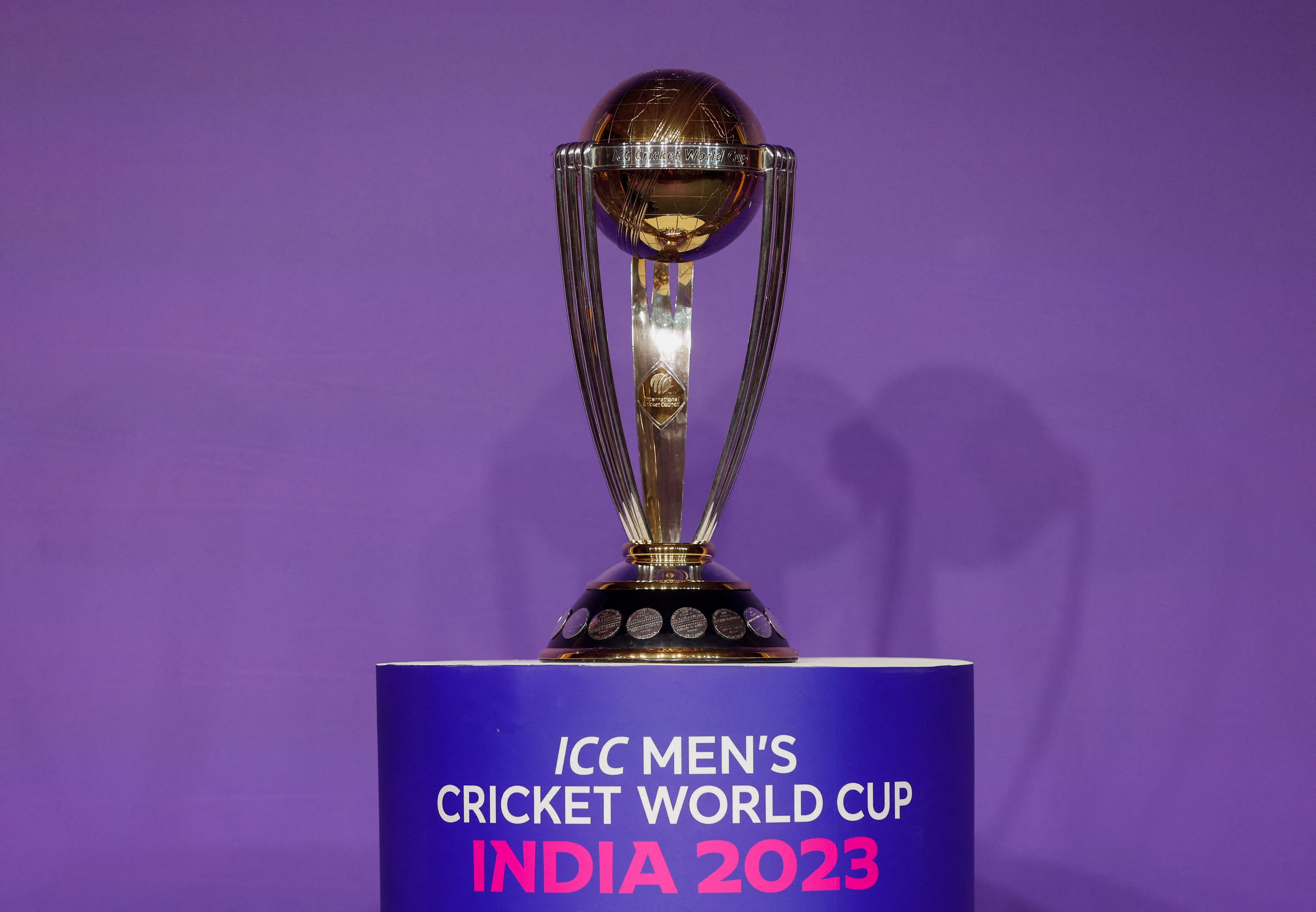
25. Player Nicknames
It’s common for players to adopt nicknames that surpass their given names in usage. These monikers often derive from their playing style, personality traits, or even physical characteristics. These nicknames offer a more personalized connection between fans and players, adding to the sport’s individuality.
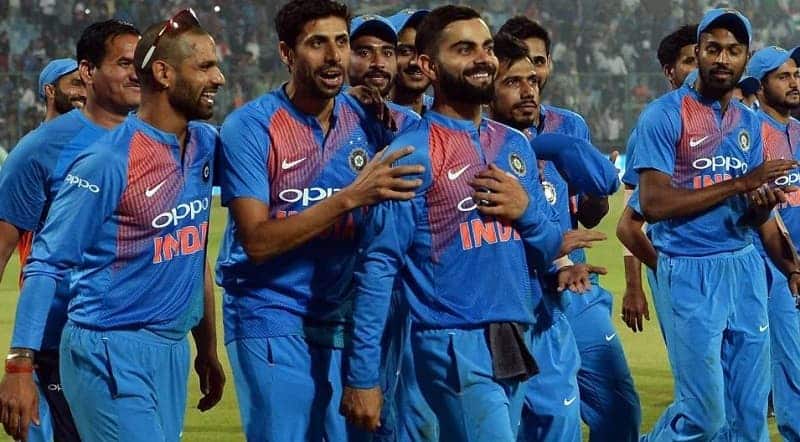
26. The Olympic History
Cricket made a sole appearance in the Summer Olympics in 1900 in Paris. An informal match took place between two English club teams during this event, rendering it an unofficial cricket occurrence in the Olympics. This remains a unique historical footnote in the sport’s relationship with the Olympic Games.

27. Cricket Gloves
Batsmen wear gloves to shield their hands from the force of the ball and the friction generated by the bat’s handle. Additionally, gloves enhance the grip on the bat, allowing for greater control during shots. These protective and functional attributes contribute to a batsman’s performance at the crease.

28. Home Grounds
The phenomenon of teams excelling on their home grounds is attributed to the “home advantage.” This advantage arises from their familiarity with local pitch conditions, weather nuances, and crowd support. It often contributes to a higher level of performance and strategic prowess during matches.
29. Cricket & Charity
Cricketers and cricket organizations frequently participate in charitable initiatives and fundraising efforts to contribute to social causes and foster community development. Their involvement extends beyond the field, highlighting their commitment to making a positive impact and giving back to society.

30. Harsh Weather
When matches are played under windy conditions, umpires might choose to eliminate the bails to prevent them from getting blown off. Alternatively, they might opt for heavier bails to ensure they remain firmly in place on the stumps.
Also Read: Unknown Cricket Facts
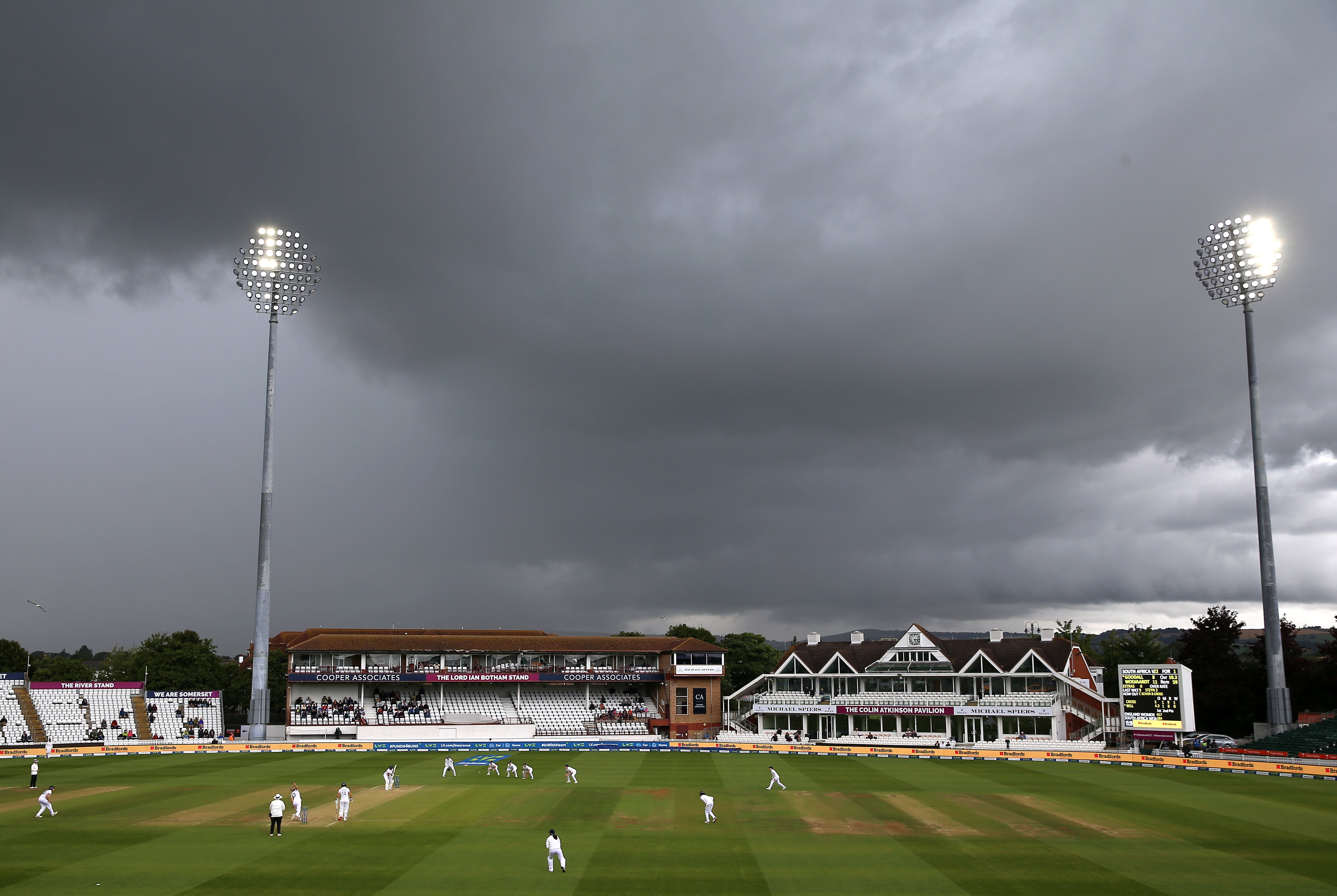
FAQs
1. What are some fun cricket facts?
The cricket world has witnessed an incredible 12-day-long match, setting a remarkable record in the sport’s history. Formerly crafted from leather and cork, modern cricket balls are now composed of cork and rubber for improved durability.
2. What are some cricket facts and records about Indian cricket?
Sachin Tendulkar, a revered figure in Indian cricket, is fondly known as the “Little Master” and “God of Cricket” for his exceptional contributions to the game. Also, the Indian Premier League (IPL), draws players from diverse countries, creating a dynamic and competitive platform.
3. Who is known as father of cricket?
W.G. Grace, an English cricketer of the 19th century, is honored as the “Father of Cricket” for his pivotal role in popularizing the sport and shaping its early development.
4. How old is cricket history?
With origins dating back to the 16th century, cricket has matured over centuries, evolving into a beloved and enduring sport cherished across the globe.
5. Who is king of cricket history?
Cricket history shines with luminaries like Sir Don Bradman, Sachin Tendulkar, and Sir Vivian Richards, whose extraordinary contributions have etched their names in the annals of the game.
6. Who is known as Sixer King in India?
Yuvraj Singh, a former Indian cricketer, earned the moniker “Sixer King” due to his exceptional knack for sending the ball sailing over the boundary ropes, captivating audiences with his remarkable six-hitting prowess.
These Cricket facts are just as interesting as the game.

















